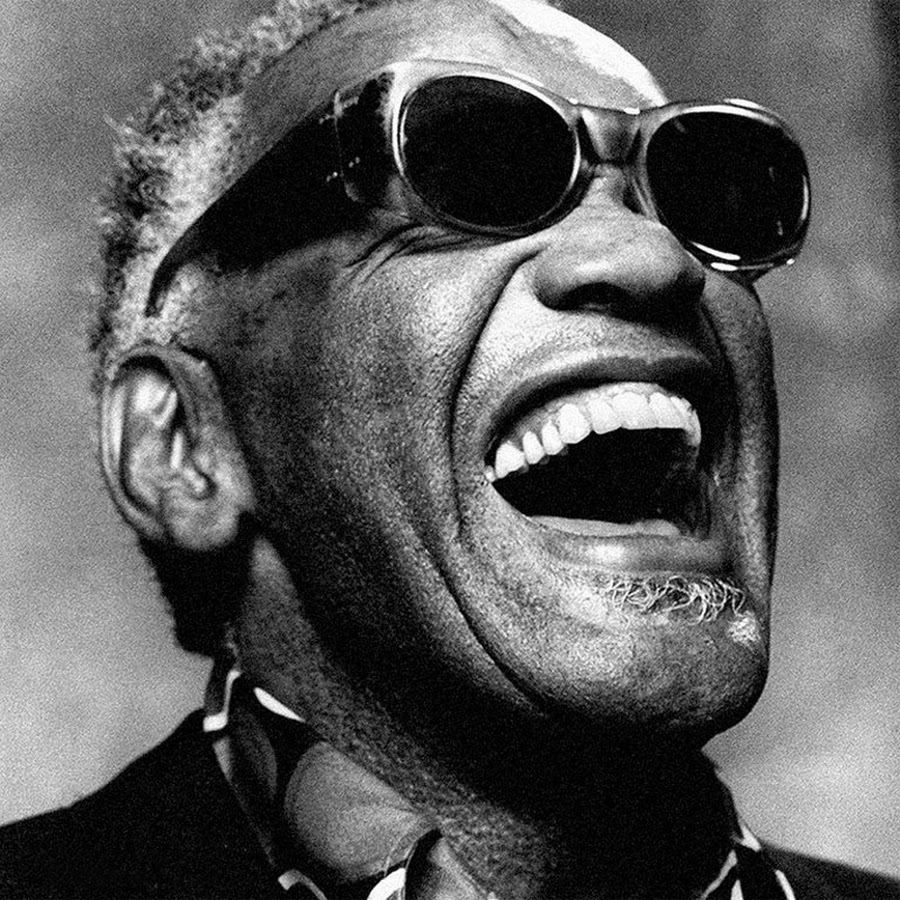Introduction to 'Drown in My Own Tears'
"Drown in My Own Tears" is a quintessential 1950s song by the legendary Ray Charles, capturing the essence of emotional turmoil with its soulful melody and heartfelt lyrics. This piece is a staple in Charles' discography, showcasing his ability to convey deep emotion through music.
Cultural and Historical Context
During the 1950s, Ray Charles was at the forefront of a musical revolution, blending gospel, blues, and jazz to create what we now recognize as soul music. This song illustrates that transition, bringing with it a cultural impact that resonated with audiences seeking authenticity and emotional expression in a post-war era.
An Interesting Fact
An interesting fact about this track is that it climbed to the top of the R&B charts, solidifying Ray Charles' place as a pioneer of soul music. His unique style and powerful vocal delivery turned the song into an anthem of heartache and longing.
Cover Versions and Influence
"Drown in My Own Tears" has been covered by several artists over the years, including notable versions by Aretha Franklin and Etta James. These cover versions highlight the song's timeless appeal and its influence on generations of musicians, further cementing its place in musical history.
Why It's Still Relevant
This song remains relevant today because it speaks to universal themes of love and loss, emotions that are timeless and relatable. Ray Charles' masterful performance continues to inspire both listeners and musicians, demonstrating the enduring power of music to connect and move us.










Comments (0)